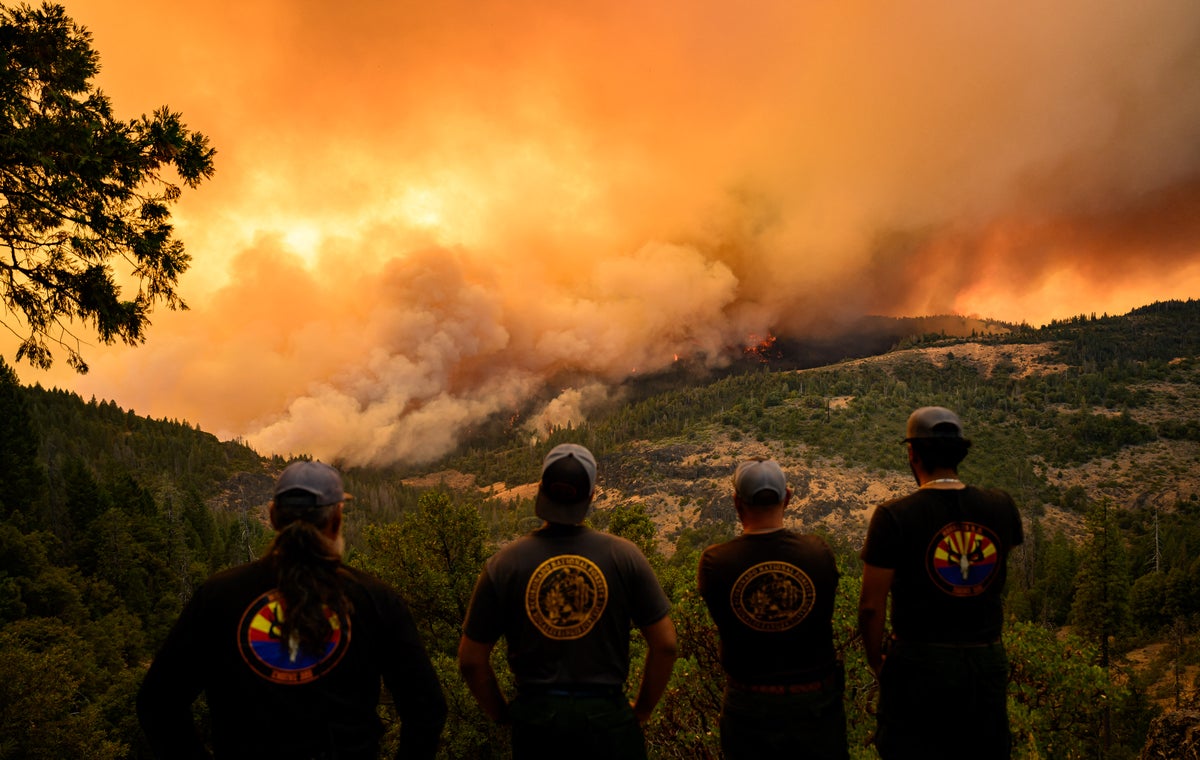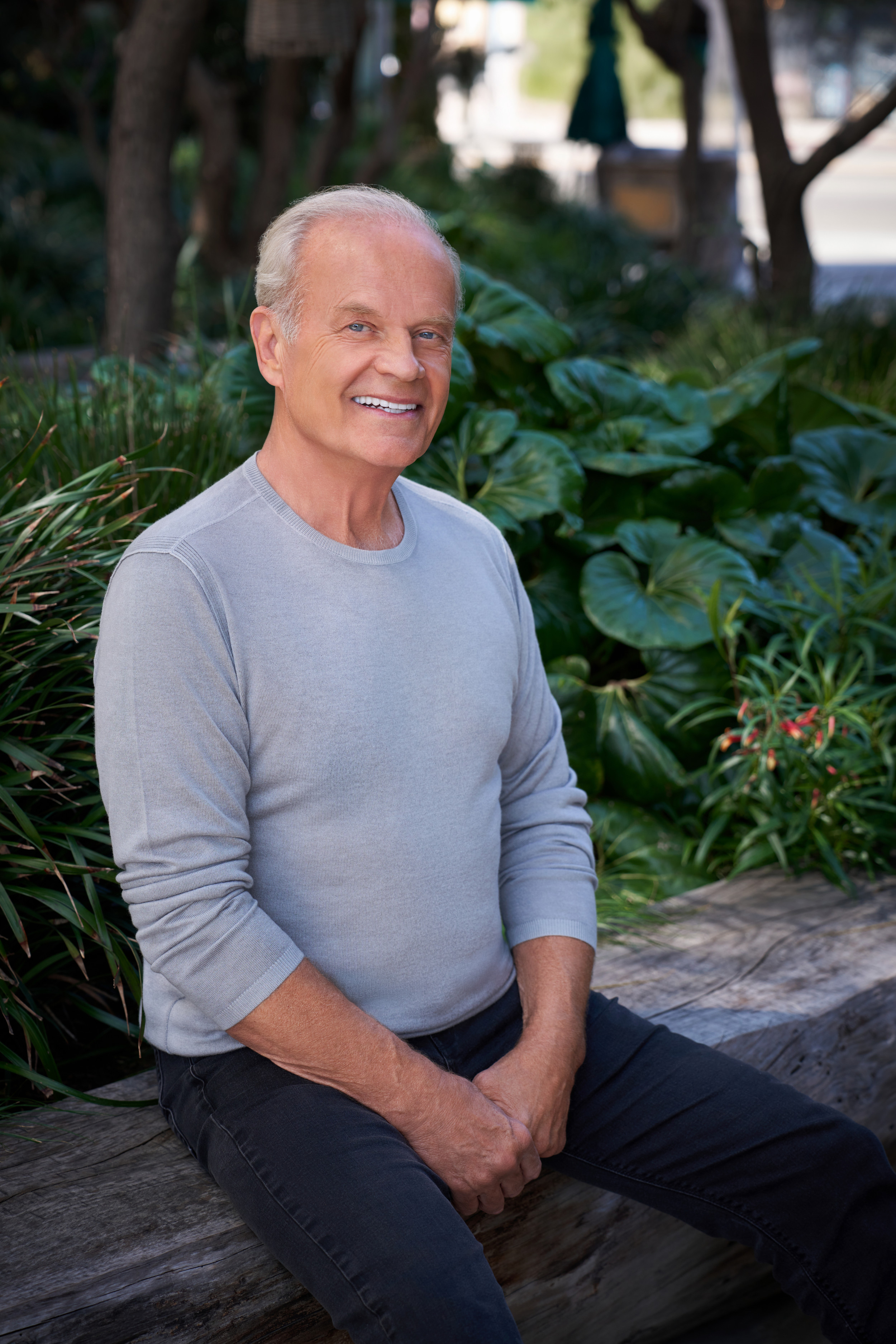My musical pilgrimage through Olde England: ‘I could hear the bells, taste the wild garlic, touch the mossy stones’

We’re Olde England bound / Our stories are written in the ground It was a spring morning in Norwich, the air alive with birdsong and promise, as I packed my guitar into the car and looked to the road ahead. This fine city, with easy access to the Norfolk waterways and shores, had anchored much of my adult life and was a wonderful place to have lived and grown. Yet I had become restless, like a guest who had overstayed his welcome and yearned for fresh horizons. As a songwriter, too, I had been nurtured here, among the folk clubs and cellar bars, and I longed to take my music farther afield. To travel and explore like a bard of old, making up a journey as I went along, at the intersection of land and song. Out here, on the right flank of England, the rest of the country had always felt like a distant dream, uncharted territory. To my regret, I had never explored it properly, never taken a proper look under its wing. Was England still as beautiful as the poets, singers and storytellers claimed? I couldn’t claim to know, yet I was one of them. View image in fullscreen A country lane near Ringstead in north Norfolk. Photograph: David Tipling Photo Library/Alamy So I set off on a meander across the isle, a pilgrimage of sorts, travelling in my big estate car, complete with a simple fold-up mattress. My aim was to get off the beaten track, explore these ancient lands and write a song about my journey. With no destination in mind, I said goodbye to friends and crossed the county border. The days were long and yet fleeting / As I made my way across the isle / Through the patchwork of towns, quietly keeping / Olde England alive I decided to avoid motorways and major A-roads and use a paper map wherever possible. I wanted to follow my nose, not my satnav, and it soon got me happily lost in the country lanes of Suffolk and Cambridgeshire, gently moving west. I was in no rush and stopped the night under an oak tree by a grassy common, in a village whose name I wasn’t sure of. It was quiet, oh so quiet, and I woke up encouraged that the car would keep me safe and sound. Filling up my bottle at the local spring, I drove on. I was nomadic, a man of no fixed abode. Not on foot like the pilgrims of old, yet witnessing the same ancient patchwork of fields, byways, churches and monuments For the first time in my life I was nomadic, a man of no fixed abode. Not on foot like the pilgrims of old, yet witnessing the same ancient patchwork of fields, byways, churches and monuments that honoured their journey. A few times, I stopped in a layby, wandered down a footpath and took rest by some brook, to pay homage to the simplicity of water on stones and wildlife quietly moving all around me. My senses were coming alive after too long in the city. I could see the thatch, hear the bells, taste the wild garlic, touch the mossy stones and, indeed, smell the roses. This England struck me as a place of quiet wonder and I was waking to its splendour. Spending the night near Avebury, Wiltshire, in the morning I walked the West Kennet Avenue and leant against the stones, imagining their place in the ancient world. What songs had they heard, sung in Celtic tongues? Who would have sat in these circles, surrounded by kin, fire and kill? I closed my eyes and dwelt in the mystery of it all. Spring showers heralded the last day of April and I set off for Glastonbury, where the pagan festival of Beltane was brewing! I saw ferris wheels and a May queen dancing/ I heard church bells ring in the many stony spires / And by the light of the Dart, I found you waiting / Olde England alive View image in fullscreen Beltane celebrations on May Day at Glastonbury Tor, Somerset. Photograph: Guy Corbishley/Alamy In Avalon (Glastonbury), I witnessed the crowning of the May king and queen, and a procession of dragons through the town. A couple I spoke with told me they had started the day on Dartmoor, where morris dancers came at sunrise, weaving their dances and heralding the sun. I told them of the molly dancers of Suffolk, who appear not at Beltane but at Samhain to mark the start of winter, their faces grey with soot and ash, like impish devils ushering in the darkness. The customs and celebrations of Olde England are felt across the seasons, all over the country, but with particular delight at Beltane, AKA May Day. Wandering through Glastonbury, seeing the painted faces and costumes, I felt awestruck at how these folkloric customs remain, mysterious in their beginnings and rationales. They point to something untamed, uncivilised and steeped in magic, still capturing the hearts of townsfolk to this day. Wandering through Glastonbury, seeing the painted faces and costumes, I felt awestruck at how these folkloric customs remain Climbing the winding path up to Glastonbury Tor, I encountered a gathering of druids on their own pilgrimage, immersed in ceremonial rapport with the elements. Looking out to the Somerset Levels, and soaring above this fair isle, I felt a long way from home. A fair wind blew south, clouds-a-clearing / As I drove from the tor under painted skies / To where the marshmen sing, for the salt and the samphire/ Olde England alive I drove south to Dartmoor under resplendent spring skies, and stopped for the night by Hound Tor, a powerful outcrop on the eastern edge of the moorland. In the morning, I explored the paths behind the tor, which dipped down into an exquisite faery realm of tinkling streams and shallow pools, verged with wildflowers. skip past newsletter promotion Sign up to Inside Saturday Free weekly newsletter The only way to get a look behind the scenes of the Saturday magazine. Sign up to get the inside story from our top writers as well as all the must-read articles and columns, delivered to your inbox every weekend. Enter your email address Sign up Privacy Notice: Newsletters may contain info about charities, online ads, and content funded by outside parties. For more information see our Newsletters may contain info about charities, online ads, and content funded by outside parties. For more information see our Privacy Policy . We use Google reCaptcha to protect our website and the Google Privacy Policy and Terms of Service apply. after newsletter promotion Late afternoon, following a local tipoff, I parked near Holne and ventured into ancient woods that overlooked the rushing River Dart far below. The trees were gnarled and covered in moss, and the river below seemed iridescent. The place felt utterly untouched, the atmosphere palpably more tree than human, with me undeniably a visitor. I sang for a while, wondering who had lived among these trees long ago, watching them through their first seasons of youth; and whether, in another time and way, we will return to live in woods like these again. View image in fullscreen Sunrise at Hound Tor, in Dartmoor national park, Devon. Photograph: Mark Bauer/Alamy How had I not been to Dartmoor before? I was stunned by its beauty. I felt as if I could turn from any roadside, gate or hedgerow and wander into a dizzy dell of bluebells or a hidden nook of earthy delights. The vast moorland was breathtaking, with ponies and cattle parading the roads and strange stone rows pointing to distant horizons, lost in time. The Cornish coast was calling me, so I set off to our most westerly county, feeling the invisible cord from my starting point in Norwich stretched out to its fullest. After visiting St Michael’s Mount, clinging to its weathered rock, I followed the southerly coastal paths and saw the first signs of rock samphire growing on the cliffside. It made me think of collecting samphire with friends in the Blakeney marshes, and before long I felt the pull to return to Norfolk. There’s a calling in the bones, a warming of the stoves […] / Down the St Michael line, the stories are alive […] / From the gold Norfolk shores, the West Kennet moors […]/ How the molly men they dance, put people in a trance […] / Olde England alive Crossing back over the East Anglian border, I stopped for lunch by a village green. I captured some birdsong on my handheld recorder and played through a new tuning on my guitar that sounded like warm logs on an open pub fire. Images of my journey – of Avebury, the Dart, May queens, molly men and samphire – swirled in my head and swept out through my voice, on to the pages of my lyric book and into a song. View image in fullscreen St Michael’s Mount, Cornwall. Photograph: David Chapman/Alamy That song, Olde England Alive (lyrics from which are interspersed here), helps me remember the connection with England that I felt during those days on the road. An indigenous connection, a sense of wonder and a long-forgotten pride in our countryside and history. Some say that old beauty is forgotten or being cast aside, but I found it still living and breathing all around me. Where did I get the idea that England was somehow under concrete or had lost its charm? Who was it that claimed this country has gone to ruin? My father? The politicians? The scholars? Maybe that notion has some truth in it, in the constant flow of modernity. But it’s just one narrative. Underneath, if we care to look, there is an unbroken line, a spirit of Olde England moving among us, in the landscapes, standing stones and strange customs that, despite it all, this country has treasured so well. Father you lied / You said it died […] / Those books they lied / They said it died / But I tell you now […] / Olde England is alive! After a short stay in Norwich, James set off again, touring and travelling around England and recording the songs he wrote on his journeys. He now lives in Dartmoor. The finished song, Olde England Alive, and James’s new album, All of Our Hands, can be listened to on streaming platforms

















